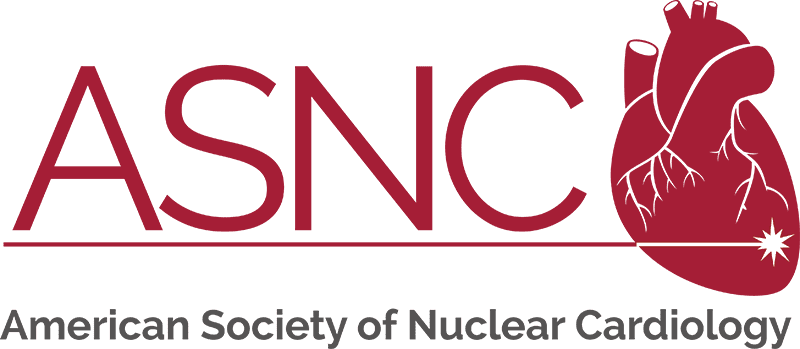
Ready to Join Us?
ASNC is the world’s leading network of nuclear cardiology imaging professionals. Everything we do is to support our members and the worldwide community of cardiologists, radiologists, physicians, scientists, technologists, imaging specialists, and other professionals so they can deliver the best possible evidence-based imaging and patient care.
